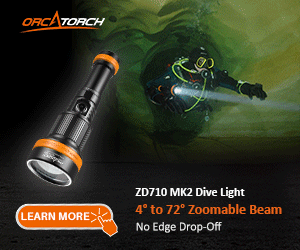I don't accept that given. The whole premise of the question doesn't make much sense. It's not a great idea to go to 130ft/39m with a single tank plus (my little) "pony" regardless of size.

The NDL at that depth is only a few minutes so on a square profile it becomes a pointless bungee dive: go down, touch the bottom, and come back up.
For open circuit diving the best configuration for that depth would be to use a small set of double tanks with an isolation manifold (plus proper training in deep diving procedures and failure management). Compared to carrying a "pony" this will be hardly any different from a cost or weight perspective, and will actually be easier to handle in the water. Plus it gives you more options if something goes wrong. Alternatively, if for some reason you don't want to use doubles then the second best configuration for that depth range would be to bring an Al80 stage tank of bottom gas and use that for the entire dive while saving your back gas for emergencies. That stage will be plenty of gas to hit the NDL.
But regardless of equipment configuration, the ascent profile for a NDL dive to any depth would be the same. Assume 1 minute to deal with the problem at max depth and start moving up. Ascend directly to about 15ft/5m without stopping. If gas supply, environmental conditions, and other circumstances allow then hang there for a few minutes to complete the recommended safety stop followed by a slow ascent to the surface. Or if the team is having serious problems then skip the safety stop and go straight to the surface; maybe breathe some oxygen on the boat later if you're worried. The precise amount of gas needed for this ascent is left as an exercise to the reader, I'm sure you can do the math.




